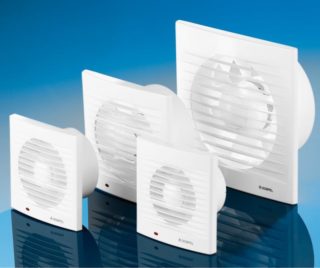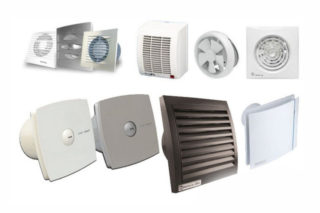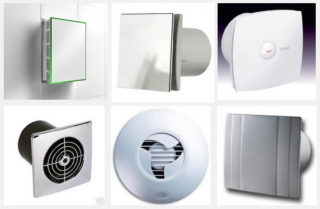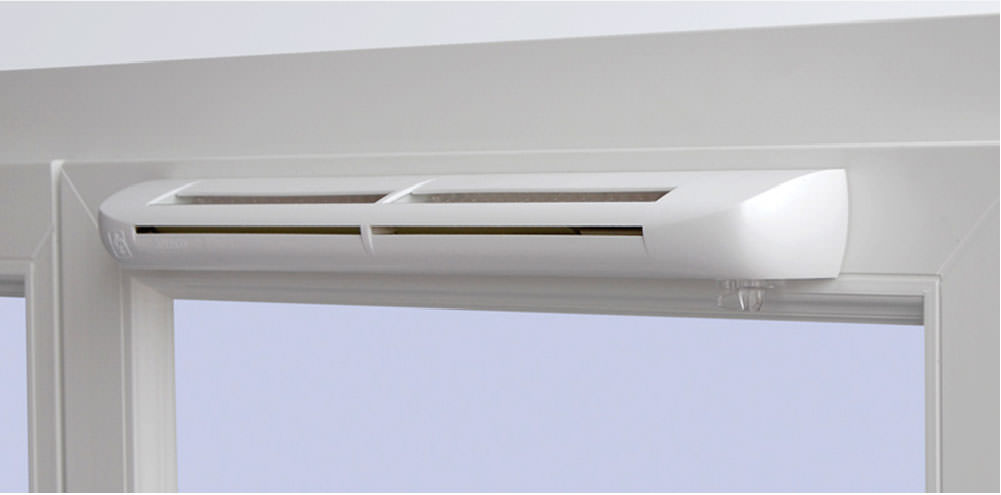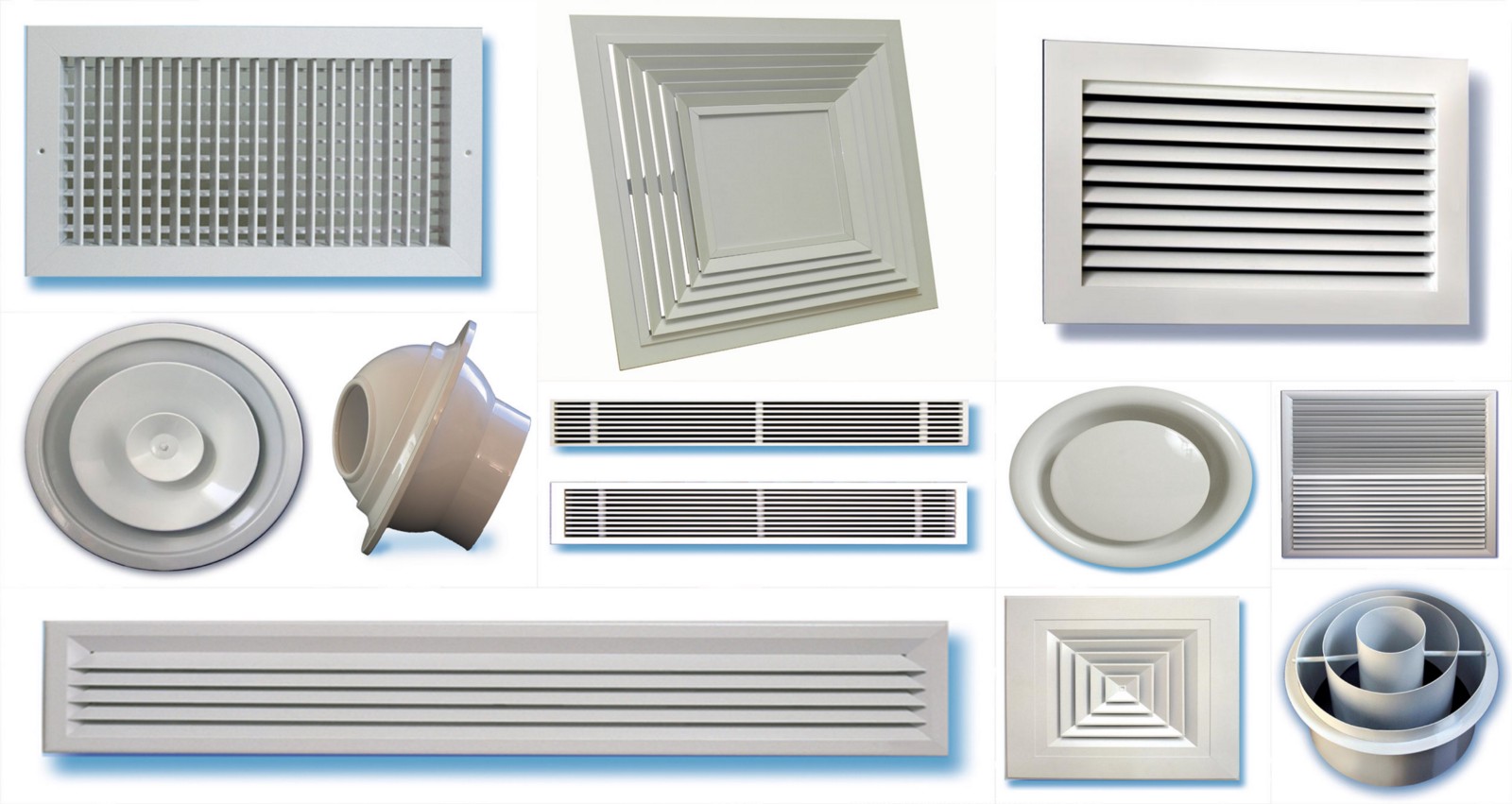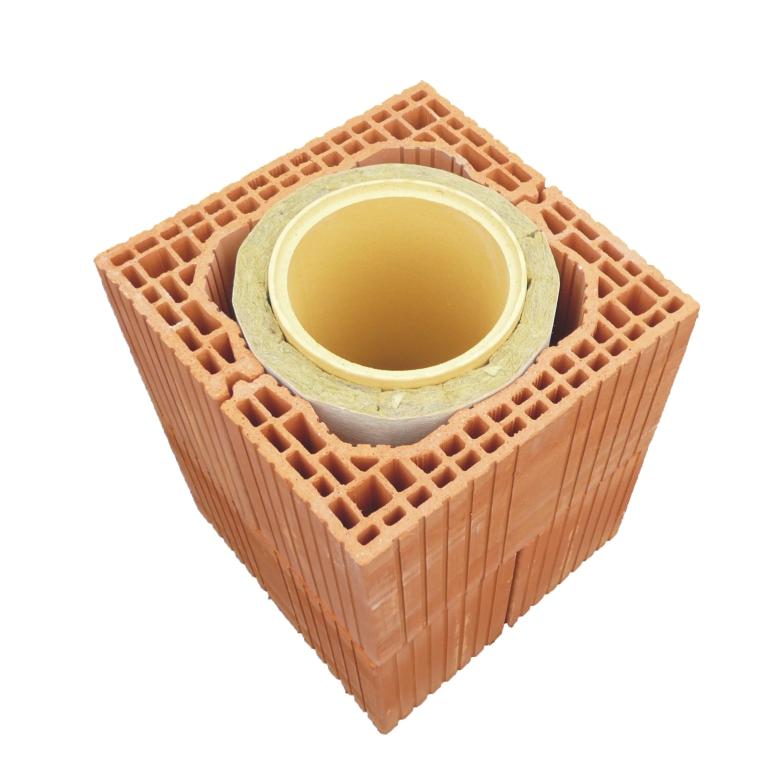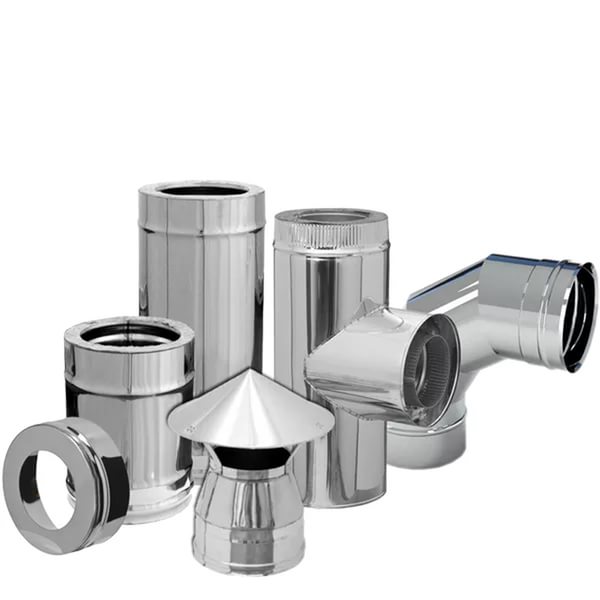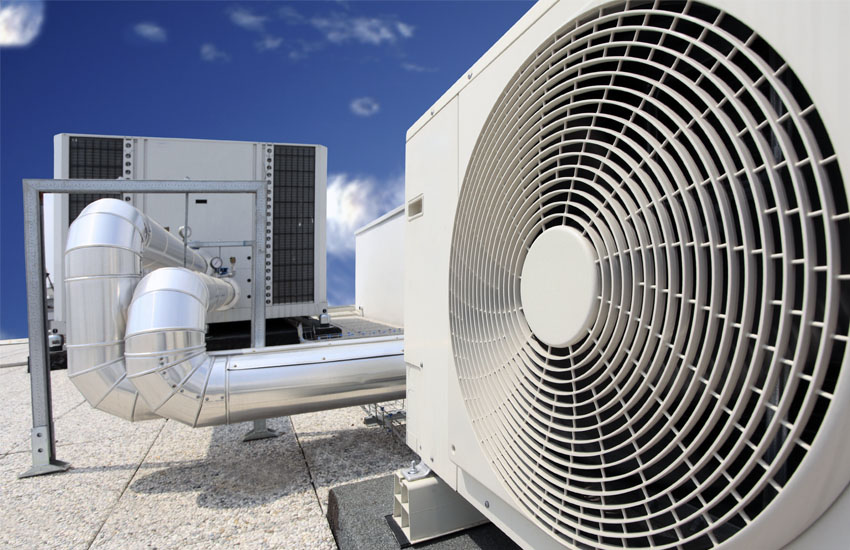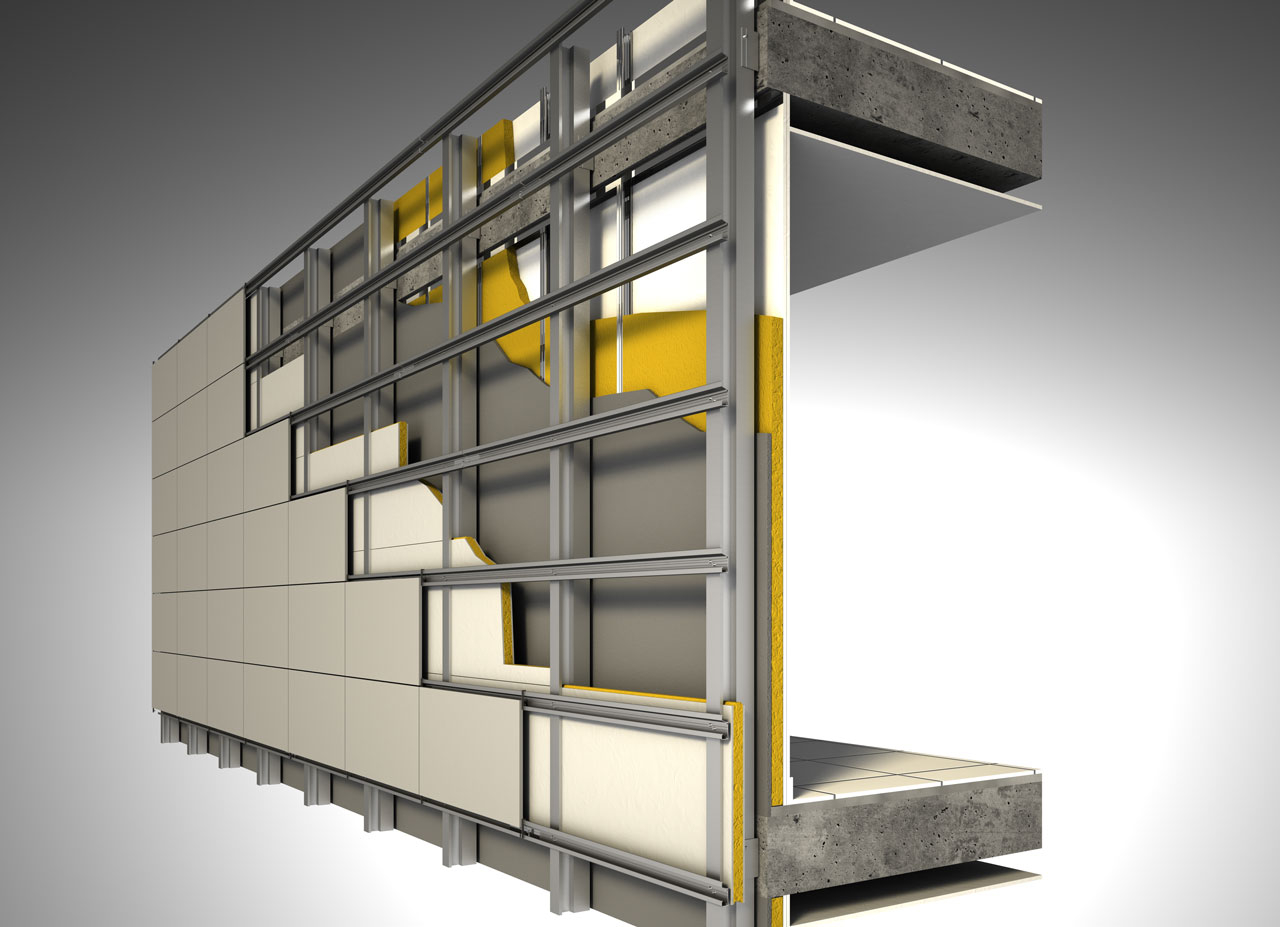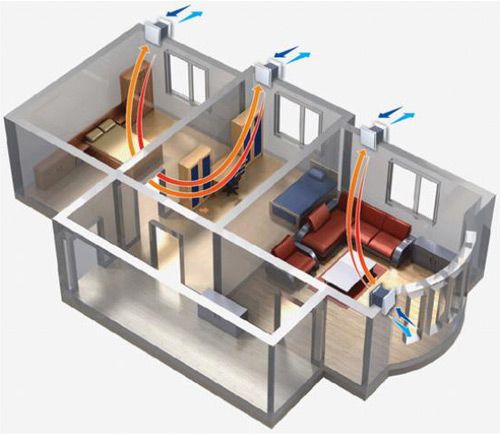Adequate ventilation is essential in any room. In the bathroom - first of all, since there is high humidity and, as a rule, there is no possibility of natural ventilation. In city houses, the bathroom must have an exhaust vent. But it works effectively only in cold weather, due to the difference in temperatures outside and in the house. In summer, the natural draft is not functional. And if the house is old, the ventilation shaft is clogged, which interferes with the free passage of the air mass in winter too. To ensure normal air exchange, forced draft is required, which is created by a fan for the exhaust hood in the bathroom.
Features of bath and toilet ventilation
- aggressive microclimate - high temperatures, temperature drops, humidity, splashes, water vapor;
- unpleasant odors;
- small space;
- "Non-breathing" wall cladding materials;
- most often there are no windows.
In the absence of sufficient ventilation, the air in the room becomes suffocating, mold and mildew grow on the surfaces, pathogenic bacteria multiply, and the materials of walls and ceilings are destroyed.
Types and features of fans
- axial. The working unit is a vane impeller in a cylindrical housing. The reverse side is attached to the rotor of the electric motor; it rotates when energy is supplied. The blades are inclined in relation to the axis of rotation; they force air to the axis. Outside, the impeller is closed with a grate. The size of the appliance corresponds to the opening of a standard hood. The efficiency of such a model is quite high, 100 cubic meters per hour, but a small head. Another disadvantage is a lot of noise during operation (up to 50 decibels);
- radial. The spinning wheel is housed in a spiral casing. The shape of the working body is a barrel with parallel blades. The blades draw in the air, distill it inside the casing. In the chamber, the air is compressed and moves further along the inner channel to the discharge port. The blades can bend in both directions, back and forth. Depending on this, air is sucked in from one side or from two. Fans with backward blades are considered more economical: they consume less energy and successfully compensate for high loads when pumping a large volume of air. Forward vane models are quieter and more compact, have smaller wheel sizes and lower engine rpm;
- ducted (centrifugal) are usually used in large rooms, from 15 squares. These are powerful devices, they work quietly. They distill air from the bathrooms into the ventilation duct network. Air duct - rectangular or circular. The fan is installed inside or near the inlet.
Attention: when the fan is located at the inlet to the air duct, an additional anemostat must be installed to prevent moisture from drawing inside the device.
How to choose
Productivity (flow) is measured in cubic meters per hour. On average, it is about 100 cubic meters. Depends on power. The higher the consumption (and therefore the fan power), the higher the electricity costs. The optimal value of this indicator is determined as follows: you need to measure the volume of the room in cubic meters and multiply by the number of circulation cycles per hour.Recommended number of cycles for the bathroom: 6 - for a small number of users, 8 - for a family of more than three people. For the toilet - 6-10 (also depends on the frequency of visits). The device is bought with a small power reserve compared to the calculated one.
The maximum permissible noise level is 35 decibels, moreover, the volume causes serious discomfort. The recommended figure for bathrooms is up to 30 decibels, and if the device will be used at night - 25. You can reduce the volume by installing a muffler behind the working element and gluing the air ducts from the inside with insulating materials. Silencers come in the form of plates or pipes. When installing a muffler or insulating air ducts, make sure that the working clearance does not decrease significantly, otherwise air locks will form.
Waterproofing is a matter of the safety of the device. When water or condensation enters the conductive part of the fan, a short circuit occurs. To exclude such situations, a special valve, an anemostat, is installed above the air intake hole. Thanks to this valve, the inlet steam is condensed, the condensate is deposited on the diffuser filter.
Each model is assigned an IP rating of dust / water resistance. The standard value is at least 34. This means that splashes of water and solid particles over 2.5 millimeters do not get inside the device.
The standard fan connection is via a light switch. The inconvenience of this method: when the light is off, the fan will not work either. The presence of automation in the model implies that the device is turned on / off by a signal from humidity / temperature sensors, regardless of the light and without user intervention.
Another convenient automatic function is a timer: the device turns on and off in accordance with the time settings, i.e. works until the humidity drops to acceptable values.

